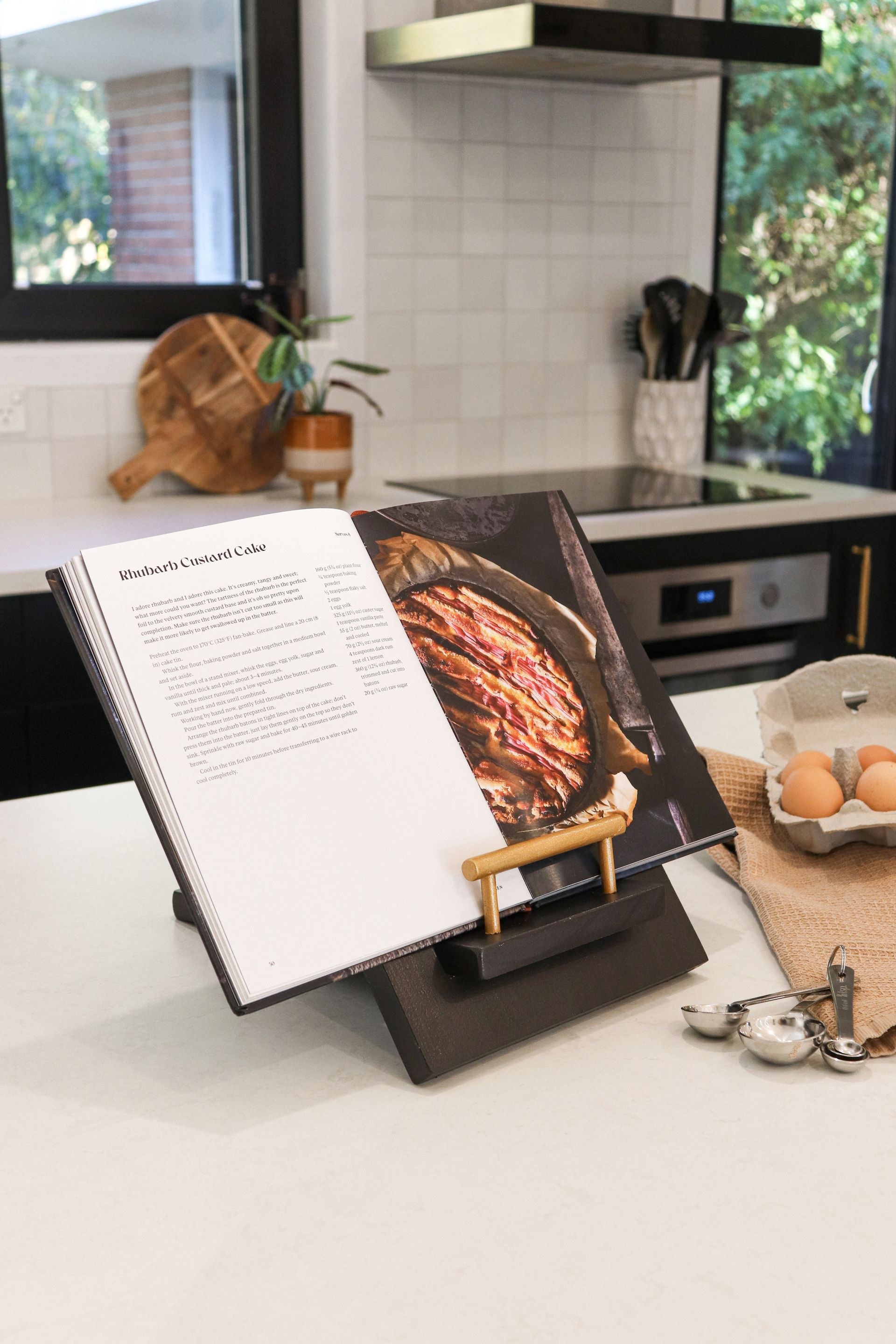It has been said that a garden is a friend you can visit anytime, and from a gardener’s viewpoint time has been on our side in recent months as plants continue to follow their normal seasonal routine. Lately there’s been an opportunity to ‘keep it local’ and take the chance for a second look at familiar plants closer to home. Rhododendrons, named from Greek via Latin rhodon (rose) and dendron (tree) are a good case in point.
Most of us have a rhododendron or two, even if space is tight and they’re in a pot or container. In larger spaces there’s room for more, and they provide an evergreen structure to the garden which is particularly valuable in the winter when deciduous trees and herbaceous perennials lose their leaves or retreat underground.
The rhododendron genus is one of the largest in the plant kingdom with nearly 1000 species, found mostly in the Northern Hemisphere and concentrated in Central and East Asia. Over a century of ongoing hybridising and selections from the native species brought to the West has resulted in a greater variety of flower colours and the typical plant that we’re familiar with: around 1.5–2.0 m high and broad, with smooth, medium-sized green leaves and rounded trusses of flowers.
All well and good, and many beautiful varieties have been bred in New Zealand. However, as the climate slowly changes, it makes sense to plant more selectively and avoid potential problems on the horizon. For example, modern rhododendron hybrids (and other evergreen shrubs) suffer more often now from thrips and mites, tiny insects which together turn the leaves a silvery colour and can defoliate a whole plant in late summer and autumn. Some hybrids have less of a problem, and certain rhododendron species and first generation hybrids between them have a dense, almost suede-like coating on their leaves and stems which deters thrips. They have a wide range of growth habit, leaf and flower shapes and sizes, and some are strongly scented. They’re specially adapted to different conditions in their home environments so we can pick a species, for example, that’s more tolerant of drought and heat.
The best eco-friendly way I’ve found to control thrips and mites on smooth-leafed rhododendrons and other evergreens is to spray thoroughly (including stems and under the leaves) in cool conditions, using Conqueror oil at no more than 10 ml per litre of clean water. And including a little copper powder at the rates on the box will help to clean up any sooty fungal residue. A spray every fortnight or three weeks from January to April is usually sufficient, and there will be less of an issue the following season.
Here are some favourites I wouldn’t be without, thrips or no thrips: ‘Rubicon’, ‘The Honourable Jean Marie de Montague’, ‘Bibiani’ and ‘Ilam Cornubia’ (reds); ‘Karen Triplett’, ‘Phyllis Korn’ and ‘Ken Burns’ (butter yellows); ‘Lemon Lodge’ (pale greenish yellow); ‘Helene Schiffner’ (palest pink fading to white), ‘Lalique’, ‘Van Dec’ and ‘Countess of Haddington’ (shell pink); ‘Everest’ (white); and ‘Bumble Bee’ (clear violet-purple).
Rhododendron species and hybrids with a dense furry coating on their leaves – properly called indumentum (meaning ‘garment’ in Latin) – are a diverse bunch. Original species have developed this coating to shield them in their natural environment, in the same way our native Marlborough daisy shrub Pachystegia has thick cream-coloured indumentum under its leaves, protecting it against drought, heat and salt spray.
Rhododendrons with this luxurious suede effect have a distinct personality, like a display of teddy bears; and even more so when we understand how indumentum helps them thrive.
Most are native to relatively harsh high altitude areas with tough conditions: intense sunlight with strong ultraviolet radiation, thin air and cold drying winds, an extreme temperature range which can change abruptly, unreliable rainfall (or sometimes only mist), hard frosts, heavy snow, a short growing season and sharply-draining stony soils. With all this going on, a dense layer of indumentum is one of the most important ways the plant protects itself.
As you might expect, this layer first and foremost acts like a thermal blanket keeping warmer and more humid air around leaves, stems and buds. Frost and wind chill are less of an issue, and in drying winds the plant loses less water as the insulation slows down evaporation. Intense direct sunlight and ultraviolet radiation (reflected off rock and snow too) can damage tender new leaves in spring.
Showy indumentum (which shades the leaf surface) on new foliage is almost as good as the flowers in some species, such as Rhododendron pachysanthum and yakushimanum. Colours tend to be in the range of silver, white and cream, or rusty red, tan and cinnamon. Pale colours reflect visible and ultraviolet light and heat away from the plant, keeping it cool and reducing water loss. New shoots on R. pachysanthum are some of the best – they unfold vertically like bright silver coral, not held out flat at right angles to the harsh sun. Another two excellent rhododendrons with silvery leaves are ‘Walport’ (a first generation cross between R. pachysanthum and yakushimanum) and the related ‘Yak Preyii’ – both with beautiful apple-blossom pink and white flowers.
Reddish colours act in a different way, selectively absorbing harmful blue and ultraviolet light like a sunscreen: rhododendrons ‘Sir Charles Lemon’ and ‘Cinnamon Bear’ are great examples. Check out some other plants in the garden too with reddish buds and new leaves, such as evergreen magnolias and Michelia ‘Gracipes’.
Depending on where a rhododendron species lives, indumentum might also be useful to help capture water on its leaves (if the only moisture it gets is from mist and drizzle in a cloud forest), or as a water-repellent layer if there’s a danger of wet leaves freezing in an ice storm. When it’s time to consider some possible new rhododendrons for the garden, choosing plants which discourage thrips is a good place to start. There is a wealth of varieties with protective indumentum and this characteristic has, so to speak, many layers of interest.
Moving on from different ways of repelling thrips, rhododendrons have the knack of associating well with native New Zealand plants, and arguably not looking out of place. It helps that most are evergreen and tend to appreciate a woodland environment with cool feet; and choosing flower colours within the range of native plants certainly helps: white, cream, red, pale butter yellow and clear lavender blue.
Rhododendron species also have that wider range of size and habit compared to many of the hybrids, and plants with softer more willowy form and smaller leaves can look quite settled among tree ferns, kaka beak, astelias, Muehlenbeckia and Olearia. A good example is R. augustinii ‘Medlicott’, with nearly true blue flowers opening for a long period in spring – I recommend it often in planting designs, and its upright habit fits in well next to native foliage.
Two other favourites are R. maddenii subsp. crassum and R. polyandrum; don’t be put off by the names, they’re both superb with attractive leaves, pink and cream flowers fading to white, and a fantastic scent. They are rated as slightly tender, but seem to do well on the flat in Christchurch sheltered among other plants; and even better in the hill suburbs assuming some shade or a southwest aspect. I have crassum in the garden at home with the protection of a boundary fence, and my cousin has polyandrum thriving in Silverstream near Upper Hutt.
Rhododendrons ideally do like some light overhead shade, however as long as their feet are cool they’ll tolerate a surprising amount of sun. Not everyone has the space for even smaller deciduous trees (or their autumn leaves), so it’s worth considering another tactic. North American prairie grasses are becoming more available in New Zealand after decades of public and private planting in the United States, UK and mainland Europe. Reliably perennial with long-lasting flowers and clump forming to 1.5 to 2.0 m, they’re cut down to just above ground level in winter and mulched, as you would with herbaceous peonies or delphiniums. They can also be used as a kind of living sunshade for the hottest months. Try these types of grasses planted on the north and west side of rhododendrons just outside the drip line for summer shade, then cut them down in winter to let in the sun. They’re as effective in formal designs as they are in more naturalistic plantings: two years ago I planted 22 Calamagrostis x acutiflora ‘Karl Foerster’ Feather Reed grasses as a square grid in a courtyard, and they’ve already developed an attractive ‘urban meadow’ effect.
With some lateral thinking, different kinds of rhododendrons and companion plants can be chosen to fine-tune our changing gardens. Paraphrasing a recent comment in House & Garden UK, plants in general and rhododendrons in particular can be emotionally exciting, and at the same time intellectually interesting – and since they allow both things, you can have your cake and eat it too.
Recent stories










